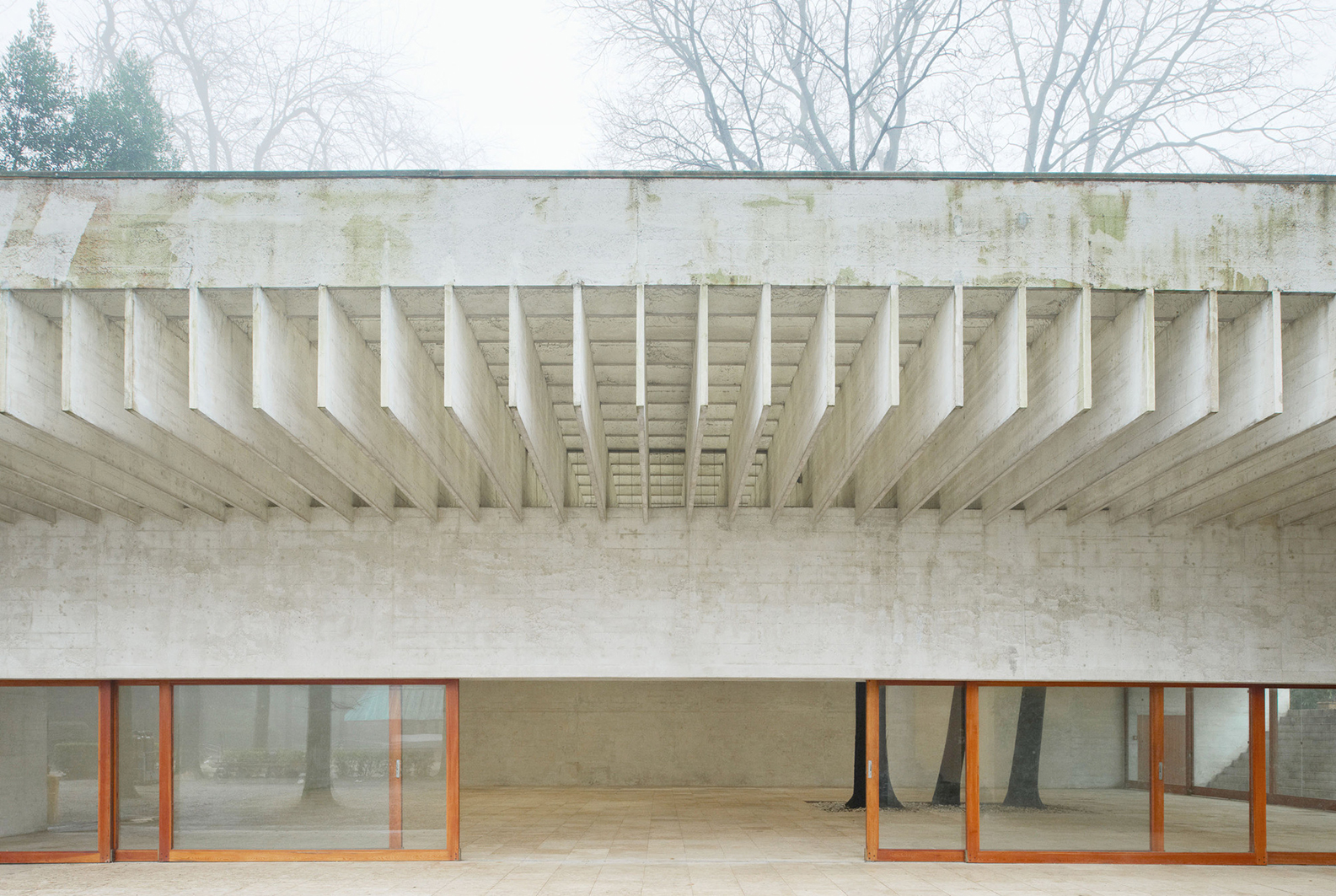ARK-A3001 - Design of Structures Basics, 27.10.2020-08.12.2020
This course space end date is set to 08.12.2020 Search Courses: ARK-A3001
Topic outline
-

The course Design of Structures_Basics is an introduction into fundamental concept of structural equilibrium and inner force flow and its application to the design of building structures. Graphic Statics, a vector-based approach, is used to visualize the underlying geometric logic of the inner force flow. First principles are discussed and their use for an architectural approach to the design of building structures is illustrated. The course consists of weekly lectures, quizzes and readings, complemented by a building analysis.
Due to the covid-19 pandemic, all teaching within the course will be conducted remotely!
Schedule
Course Intro
Groups for Building Analysis
27.10.2020 Equilibrium
Lecture_1 (pdf)
Exercise_1
Reading_1: Form and Forces, Chapter 1
3.11.2020 Form & Force
Quiz_1 (solution)
Lecture_2 (pdf)
Exercise_2
Reading_2: Form and Forces, Chapter 2
10.11.2020 Principle of Duality
Quiz_2 (solution)
Lecture_3 (pdf)
Exercise_3
Reading_3: Form and Forces, Chapter 8
3d-Drawing in Rhino (Input by Luka Piskorec)
17.11.2020 Tension & Compression
Quiz_3 (solution)
Lecture_4 (pdf)
Exercise_4
Reading_4: Form and Forces, Chapter 13
24.11.2020 Force Distribution
Quiz_4 (solution)
Lecture_5 (pdf)
Exercise_5
Reading_5: Form and Forces, Chapter 10
1.12.2020 Design with Forces
Quiz_5
Lecture_6 (pdf)
Reading_6 (optional)
Q&A_6: Thursday 3.12.2020, 10:00-11:00 (zoom ID: 681 9624 5079)
8.12.2020 Submission of building analysis
Recommended Reading
Bjørn N. Sandaker, Arne P. Eggen, Mark R. Cruvellier: The Structural Basis of Architecture, Routledge, 2011 (2. edition)
Aurelio Muttoni: The Art of Structures, EPFL Press, 2011
Edward Allen, Waclaw Zalweski: Form and Forces: Designing Efficient, Expressive Structures, Wiley, 2009
Heino Engels: Structural Systems, Hatje Cantz, 1997
Some Videos on Graphic Statics
On Youtube you can find a series of six introduction videos into the geometric logic of cable structures using graphic statics by Brian Storey. They describe elementary constructions in a step-by-step way.
/ / / / /
Building Analysis
“No matter how good an architect you are, if you have no chance of expressing your poetic idea in structures, you lack the very foundation of architecture. The structure is a language, a way of expressing yourself, and there should be a balance between thought and language. Every story has a structure.”
Sverre Fehn
According to Sverre Fehn, structures plays an important role in the design of buildings not only from a point of stability but as an essential part of the design thinking. In the Building Analysis Exercise, these two aspects of a building structure should be explored in more depth. In groups of three you should extract the structure of the selected building by examining pictures, architectural drawings and texts about the building.
Based on this information a digital 3d-model of the structural system should be built in Rhino. Your model should include the necessary ground information, too. In the model you should focus on the primary elements of the structural system. Secondary elements like floor beams or details of the joints between elements are not required. Use an axonometric view of your model as base for a refined line drawing similar to the final exercise in Digital Storytelling. In addition, three sections should be taken that enable you to discuss how the structure system is taking care of loads in x, y and z-direction. For each of these sections the inner force flow should be integrated into the line drawing as hatching differentiated for compression and tension.
An A3-template is available for the final submission of your analysis. In addition to the drawings you need to include a representative image of the building and basic project data. Furthermore a short text with a basic project description, the primary organization of the structural system and its functionality with respect to the three main load directions. In addition, you should reflect on the role of structure within the selected project and the abovementioned quote by Sverre Fehn.For more details on the exercise and the submission requirements see here.Grading of the course
Grading is based on weekly quizzes (50%) and the final building analysis (50%).
